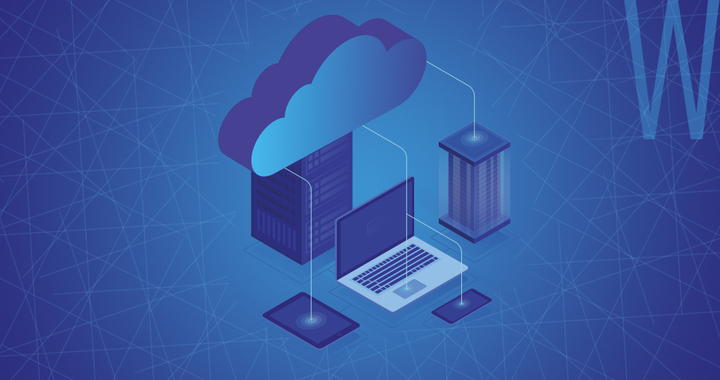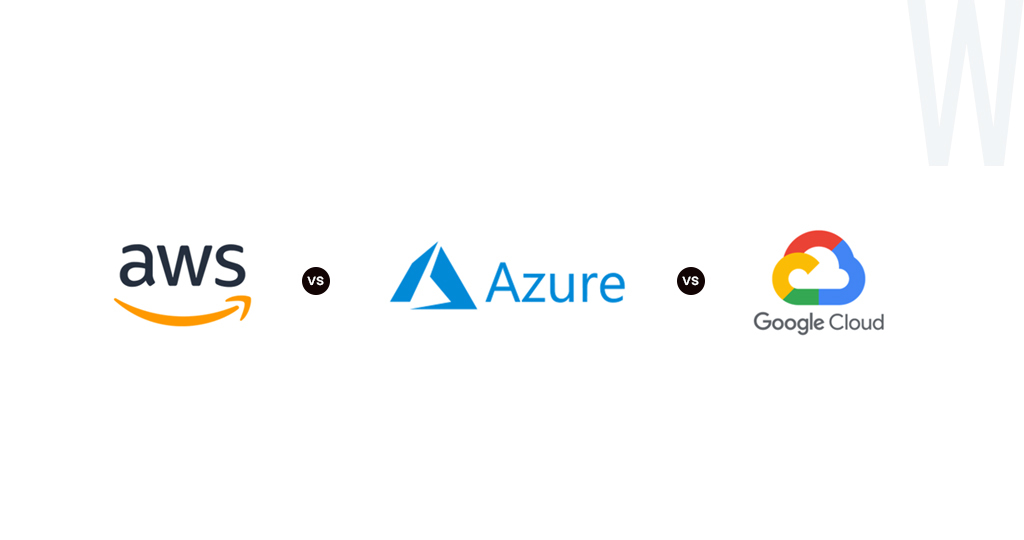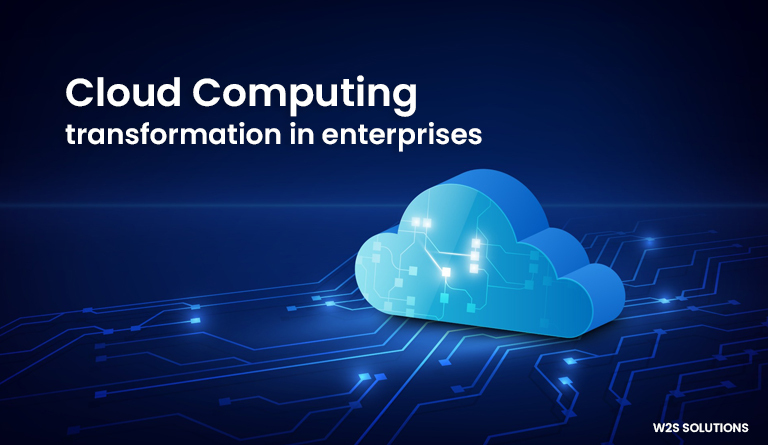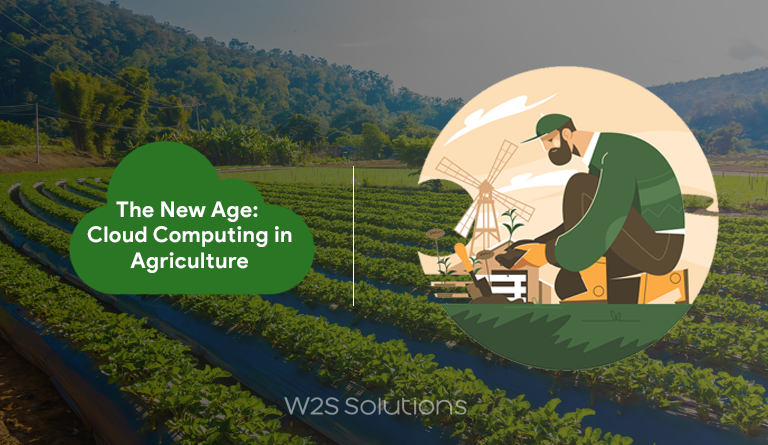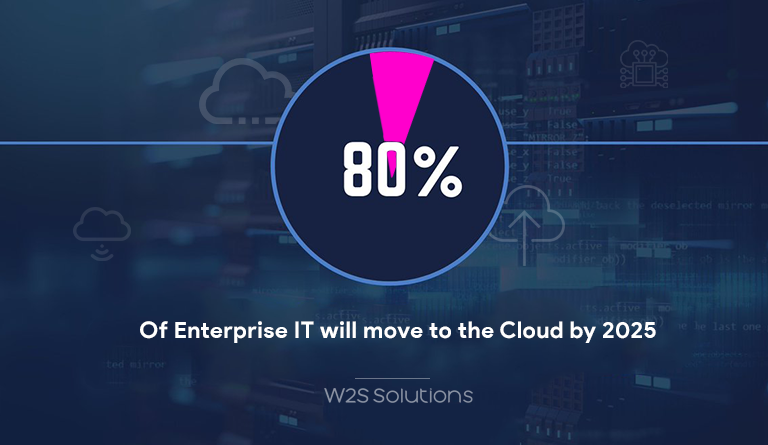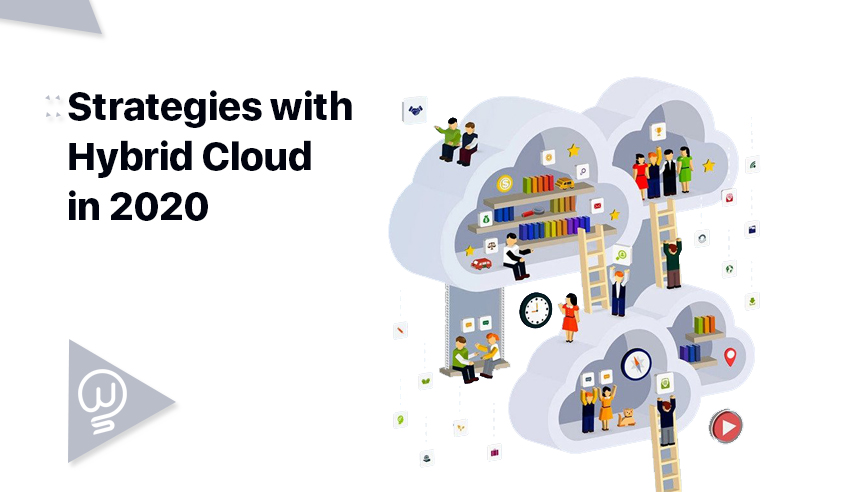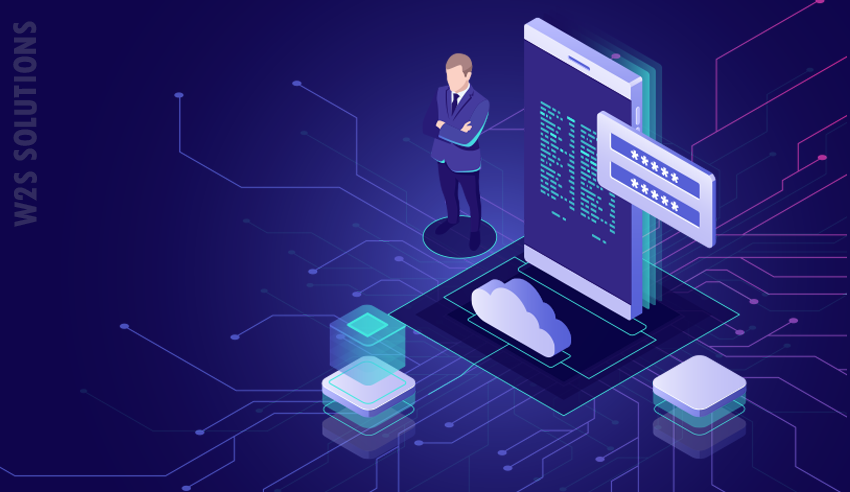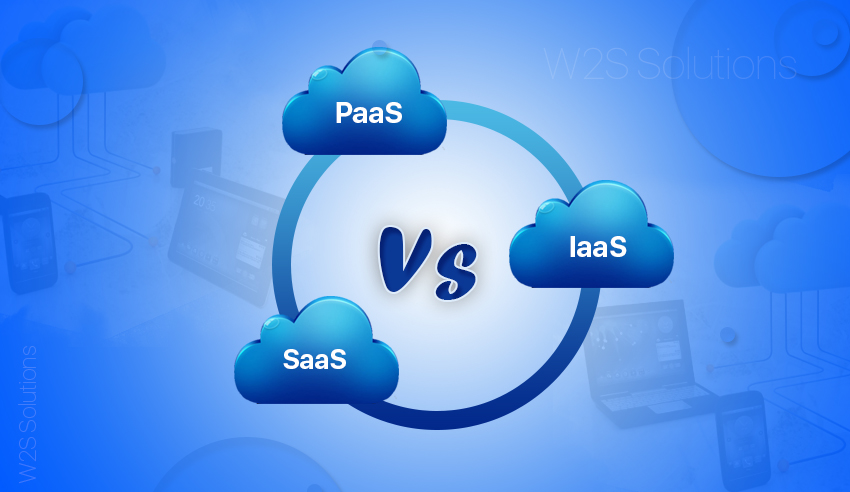TABLE OF CONTENT
Introduction
Organizations across the World, be they established giants or startups, have been gravitating toward Cloud services for a variety of reasons. From infrastructure to applications, every digital asset has been moved from a physical infrastructure to the Cloud – but early adopters postulated that this can never be the full extent of the technology. In line with this theory, it looks like the tech world has slowly but surely moved into the second phase of metamorphosis in terms of cloud computing.
Enter Cloud-native Applications
With thousands of organizations across the globe dependent on cloud services to get their services or solutions across to target customers, it seems like a no-brainer to start looking at the Cloud as a direct platform on which applications can be built, assembled, managed, and distributed.
Moving away from the traditional methodologies of app development, Cloud-native applications rely on microservices to release self-contained packages/containers of functionality to interact with other microservice packages already on the cloud. Container orchestrator systems like Kubernetes are then used to manage these microservices’ interaction with other microservices in the ecosystem. Be it on a public or private cloud, microservices-based application development and deployment offer organizations incredible elasticity.
But for us to understand the implications of all this on the future of app development, we will first have to understand what cloud-native applications are, and how you can leverage them for your business.
What exactly are Cloud-native applications?
Cloud-native applications can be defined as applications that are developed and deployed based on Cloud technologies – these applications go through every stage, build, test, deploy, and manage, all on the Cloud itself. Based on the principles of cloud computing, cloud-native applications are inherently elastic, flexible, and scalable, not to mention cloud-secure.
A pretty prominent example of a Cloud-native application would be the world-leading OTT streaming service provider, Netflix. For a little context, there are currently 231+ million subscribers globally for Netflix, growing rapidly with over 8 million new subscriptions reported in Q4 2022.
Each of these subscriptions accesses the OTT platform on multiple devices; through multiple accounts for different users under the same roof; and each user has a set of preferences, favorited/saved titles, and unique browsing behaviors. The complexity of the system is only compounded by the scale it demands with the expansion of space and feature requirements at every level.
Netflix identified early on that it could no longer function as a data center operations company that offered movie titles on rent and had to reimagine its business model to better suit the demands of its growing business. This was in early 2010, but by 2016 they had permanently shut down all of their data centers and migrated operations and systems completely onto the Cloud.
This is the future of application development
Be it mobile application development or web application development, global organizations are seeing the value in going cloud-native with their development process. As microservices and orchestrator applications like Docker or Kubernetes and corresponding processes mature, it seems more than a reality that several service providers, irrespective of industry, size, or business model will be looking to cloud-native for all their application needs.
- According to a report by EmergenResearch, the global cloud-native platform market size is expected to grow at a revenue CAGR of 23.5%, from USD 3.7 billion in 2021 to approx. USD 4.6 billion in 2030.
- In 2021, North America accounted for the biggest share of the recorded market – almost 42% of the global footprint of the cloud-native applications market.
- According to a report by Reportlinker (as published on Globe newswire), the global cloud-native storage market size is expected to grow at a revenue CAGR of 22.3%, and reach USD 41.9 billion by 2028.
- According to a report by Reportlinker (as published on Globe newswire), the global cloud-native application protection platform (CNAPP) market size is expected to grow at a revenue CAGR of 18.6%, and reach USD 21.2 billion by 2028.
The advancements in telecommunications technology such as 5G also have a huge impact on market adoption and are considered a major driver for the phenomenon. DevOps 2.0, which elevates security as a fundamental component, also has a major role, as security professionals gain the ability to deliver security as microservices, and this directly feeds into the continuous delivery process of cloud-native.
How do Cloud-native applications work?
The Cloud-native infrastructure comprises four major components namely, DevOps, Continuous Delivery, Microservices, and Containers. These components are interdependent and feed into each other’s functions and capabilities, impacting everything from development to delivery.
DevOps
Focused on increasing the collaboration between IT operations and development, DevOps works slightly differently on a cloud-native ecosystem. DevOps concepts are deployed to function centralized on the Cloud and allows for seamless automation of testing and deployment of code.
Continuous Delivery
CI/CD processes play an integral role in cloud-native application development processes and allow for acceleration of deployment, scaling, and recovery. The CI/CD pipeline ensures that there is a continuous and automated canary deployment – impacting the speed at which code is deployed and any changes or fixes can be effected on the application.
Microservices
As the name suggests, these are micro packets of code that work independently and can be accessed by an application through a series of API calls. It involves developing snippets of software code independent of the rest of the application and later integrating it with the rest of the application. This simplifies deployment, upgradation, and restarts, as all of these actions can be done on a specific microservice, without affecting the rest of the application.
Containers
A container is a self-contained operating system virtualization, which allows running anything from microservices to full applications across computing environments. Containers usually package both code and all of its dependencies, so the application can run autonomously, and independent of the computing environment, be it private or public cloud, or standalone servers and laptops.
Benefits of building cloud-native applications
If you have already connected the dots, you probably see the irrefutable value of migrating to cloud-native application development. But if you are still not convinced, here is a set of clear benefits that make the case for this evolution:
-
Agility
With microservices that can be launched using CI/CD concepts, organizations can be agile with their development and deployment processes. Since every element of the application can be independently developed, it allows a more agile method of assembling the application on the Cloud.
-
Scalability
For obvious reasons (hint: it’s cloud-native), applications developed using this process are inherently scalable. Cloud technology’s scalability is directly tapped into since the applications are built with the concepts of scalability integrated.
-
Development experience
The structure of Cloud-native allows developers and testers to easily construct, test or deconstruct applications on a cloud-first environment, and independent of other microservices.
-
Costs
Because of Cloud providers’ pay-as-you-go model, there are no preliminary costs involved with development or deployment.
Conclusion
Cloud-native applications are the way forward, and if you are not already familiar with the concepts of this revolutionary technology, then you need to be. According to a report by Gartner, approximately 95% of all applications on the internet will be on cloud-native platforms by 2025.
If you don’t want to miss the bus on this one, you need to be talking to some experts, who have the experience and expertise to navigate the nuances of cloud technology & computing. Industry-leading cloud computing companies like W2S Solutions offer you comprehensive consulting and development services to get you started on your Cloud-native application development process. Stop waiting and grow your business at Cloud scale.
Frequently Asked Questions
A cloud-native application is a software solution that is built, tested, deployed, and managed entirely on cloud platforms. These apps use microservices, containers, and DevOps practices to ensure scalability, flexibility, and rapid delivery.
Cloud-native development helps businesses scale quickly, reduce costs, and improve deployment speed. It supports agile innovation and enables companies to respond to market demands faster while improving system reliability.
Microservices are small, independent modules of code that work together via APIs. In cloud-native applications, they allow individual components to be built, deployed, and scaled separately, improving flexibility and maintainability.
Kubernetes is an orchestration tool that automates the deployment, scaling, and management of containers in cloud-native environments. It ensures high availability, fault tolerance, and efficient resource allocation for microservices.
Cloud-native applications offer benefits like improved agility, rapid scalability, cost-efficiency, enhanced developer productivity, and better performance through CI/CD pipelines and modular microservices architecture.
DevOps streamlines cloud-native development through automation, continuous integration, and continuous delivery (CI/CD). It enhances collaboration between development and operations, enabling faster releases and more reliable software delivery.
Get inspired!
Subscribe to our newsletter and get updates on how to navigate through disruption and make digital work for your business!
